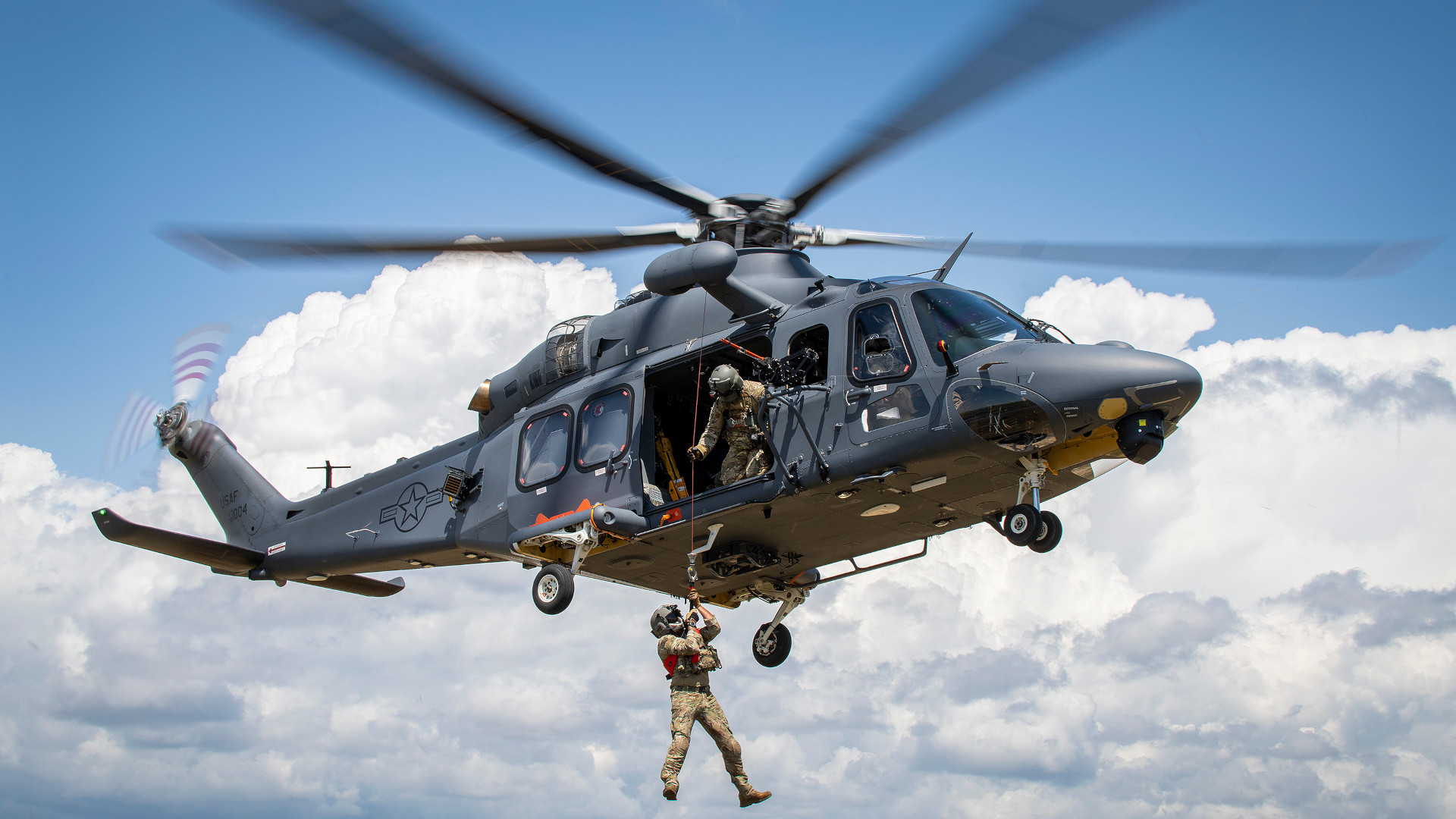The Air Force wants to cut its purchases of new MH-139A Grey Wolf utility helicopters, which it is buying to replace older UH-1N Twin Hueys, in half. The truncated Grey Wolf fleet is still set to replace the UH-1Ns that help guard America’s intercontinental ballistic missile silos, but the future of other Twin Huey-equipped units is now in question. This includes the 1st Helicopter Squadron based just outside Washington, D.C., which is currently ready to scoop up key officials and spirit them to safety in the event of a major crisis, among other missions.
The proposed cut to purchases of MH-139As, from 74 down to 36, first emerged in Air Force documents regarding its 2025 Fiscal Year budget request, which was rolled out on Monday. 74 helicopters was already a cut down from the 84 Grey Wolves the service had said it was looking to buy originally. The budget documents also say that “currently, funding is available to procure 42 MH-139A helicopters,” making it unclear exactly how many it expects to ultimately acquire.

However, Air Force officials have since confirmed the overall plan to significantly shrink the Grey Wolf fleet.
“It’s just about the overall budget of the Air Force and what we’re able to afford and what we’re not able to afford,” Andrew Hunter, assistant secretary of the Air Force for Acquisition, Technology, and Logistics, told reporters following a hearing yesterday, according to Breaking Defense. “What we are doing is fielding MH-139 to all of the nuclear forces, so Global Strike Command. We’re completely fielding the systems needed for those forces.”
The Pentagon’s entire $850 billion proposed budget for the 2025 Fiscal year reflects constraints imposed by the Fiscal Responsibility Act, or FRA, which Congress passed and was then signed into law last year.
“We had anticipated also fielding to replace aircraft in other locations not associated with Global Strike, and those we will not be able to replace,” Hunter added.
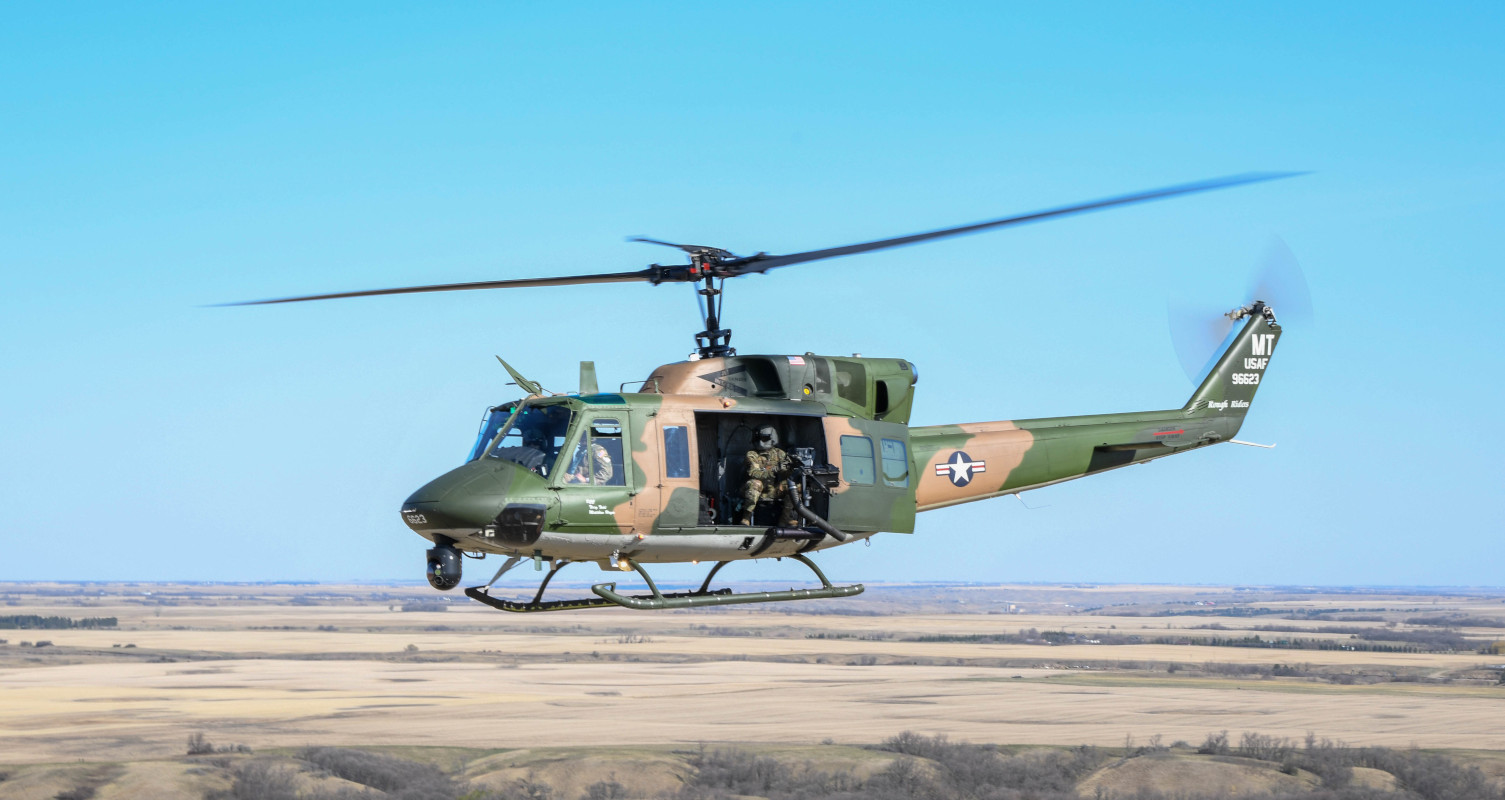
What will then happen to other Air Force units flying the UH-1N is now unclear. The War Zone has reached out to the Air Force for more information.
Boeing, in cooperation with Italian defense contractor Leonardo, received the first MH-139A contract back in 2018. The MH-139A is a variant of the Leonardo AW139 design.
Just this past weekend, Air Force Global Strike Command welcomed the arrival of its first MH-139A, at Malmstrom Air Force Base in Montana. The Air Force also has six MH-139As that it has been using for test and evaluation purposes. The hope had been that the type would reach initial operational capability last year, but it is unclear when this milestone might now be attained.
The Grey Wolf program has suffered various setbacks and delays, including issues relating to obtaining a Federal Aviation Administration (FAA) type certification. Typically FAA certification is not required for U.S. military aircraft, but it is in the case of the MH-139 because the helicopters will be tasked to operate broadly within U.S. domestic airspace.
As of 2023, the MH-139 program was still working to meet various requirements and address significant issues, including testing to assess MH-139A’s survivability against electromagnetic pulses (EMP), according to the latest annual report from the Pentagon’s Office of the Director of Test and Evaluation (DOT&E). That report also highlights efforts to resolve problems relating to the machine gun mounts fitted to either side of the helicopter, its communications suite, and its ability to operate without restrictions in remote and austere areas.
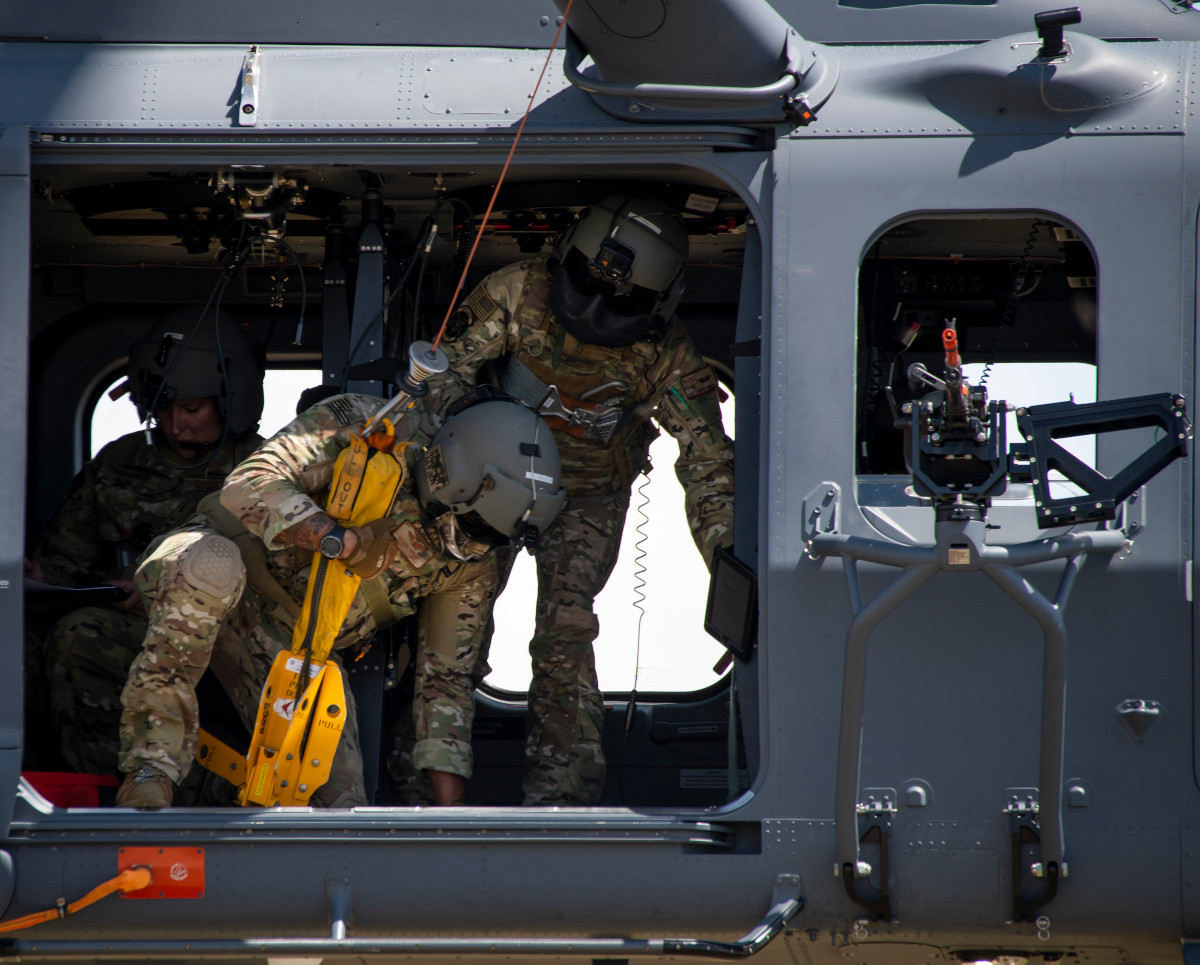
Overall, “the program needs to address several challenges for the MH-139A to be operationally suitable,” according to DOT&E.
Regardless, the Air Force has made no secret for some time now that it views the Twin Huey, a 1970s-era design, to be increasingly difficult to operate and maintain. This was the core reason for pursuing a replacement in the first place. The Air Force is the only operator of the Twin Huey left in the U.S. military.
The plurality of the Air Force’s current fleet of 63 UH-1Ns, some 25 helicopters, are assigned to units within Air Force Global Strike Command (AFGSC). Those helicopters are primarily tasked with helping to protect the hundreds of intercontinental ballistic missile (ICBM) silos and supporting facilities spread across five states: Colorado, Montana, Nebraska, North Dakota, and Wyoming. AFGSC’s Twin Hueys also provide other kinds of support, including aerial overwatch and other support for convoys carrying ICBMs and other sensitive cargoes.
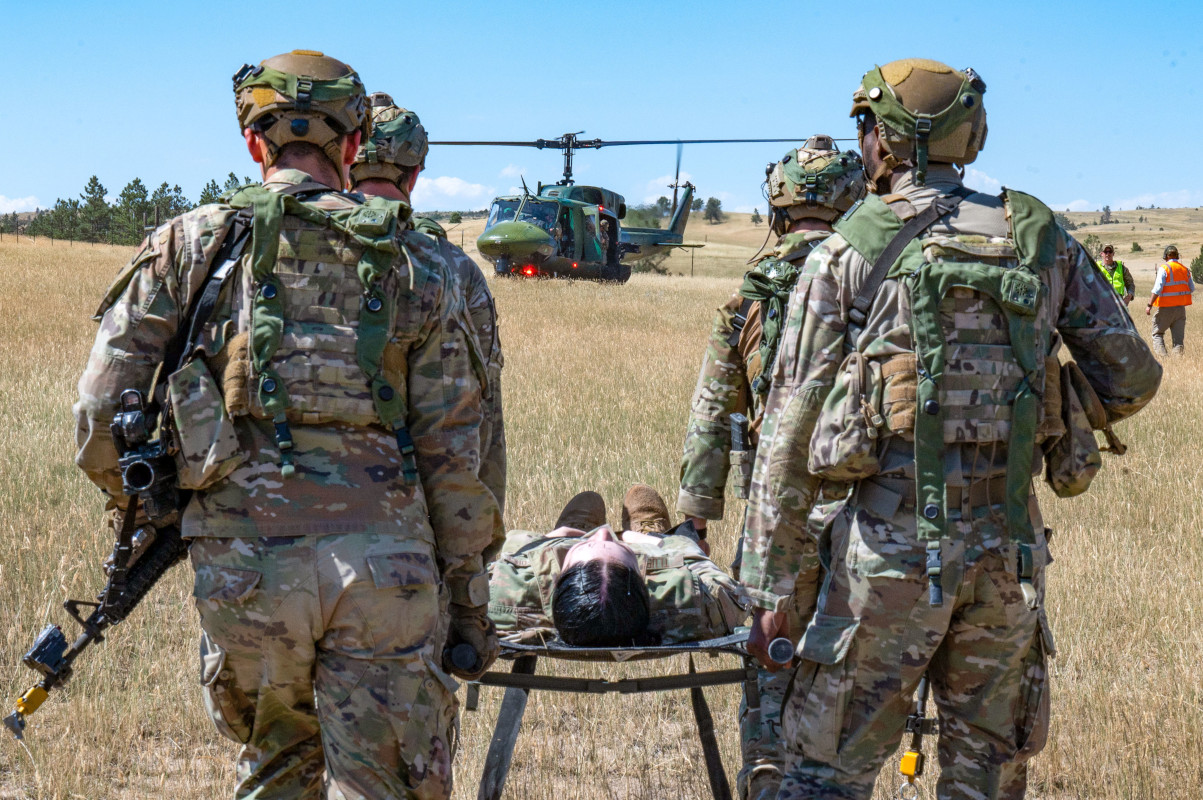
However, the majority of the Air Force’s UH-1Ns are actually assigned to units outside of AFGSC, where they perform test and evaluation, training, and other support missions. Depending on the unit and circumstances, this can also include VIP airlift, local search and rescue, and disaster relief taskings.
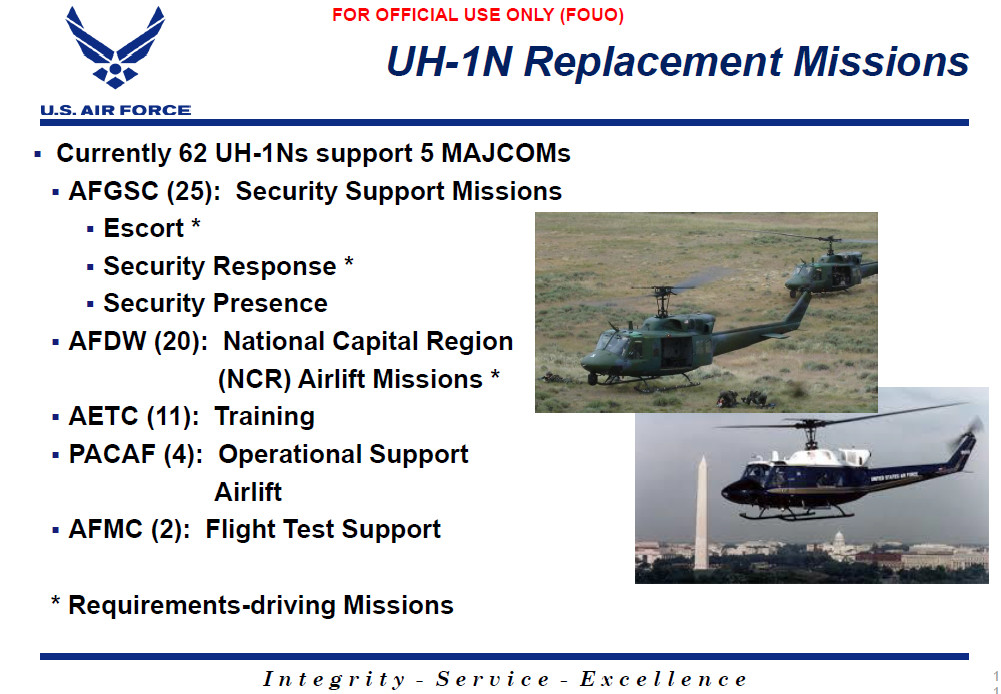
The aforementioned 1st Helicopter Squadron, based at Andrews Air Force Base just outside of Washington, D.C., has an additional continuity of government mission and other responsibilities to support civil authorities across what is known as the National Capital Region.
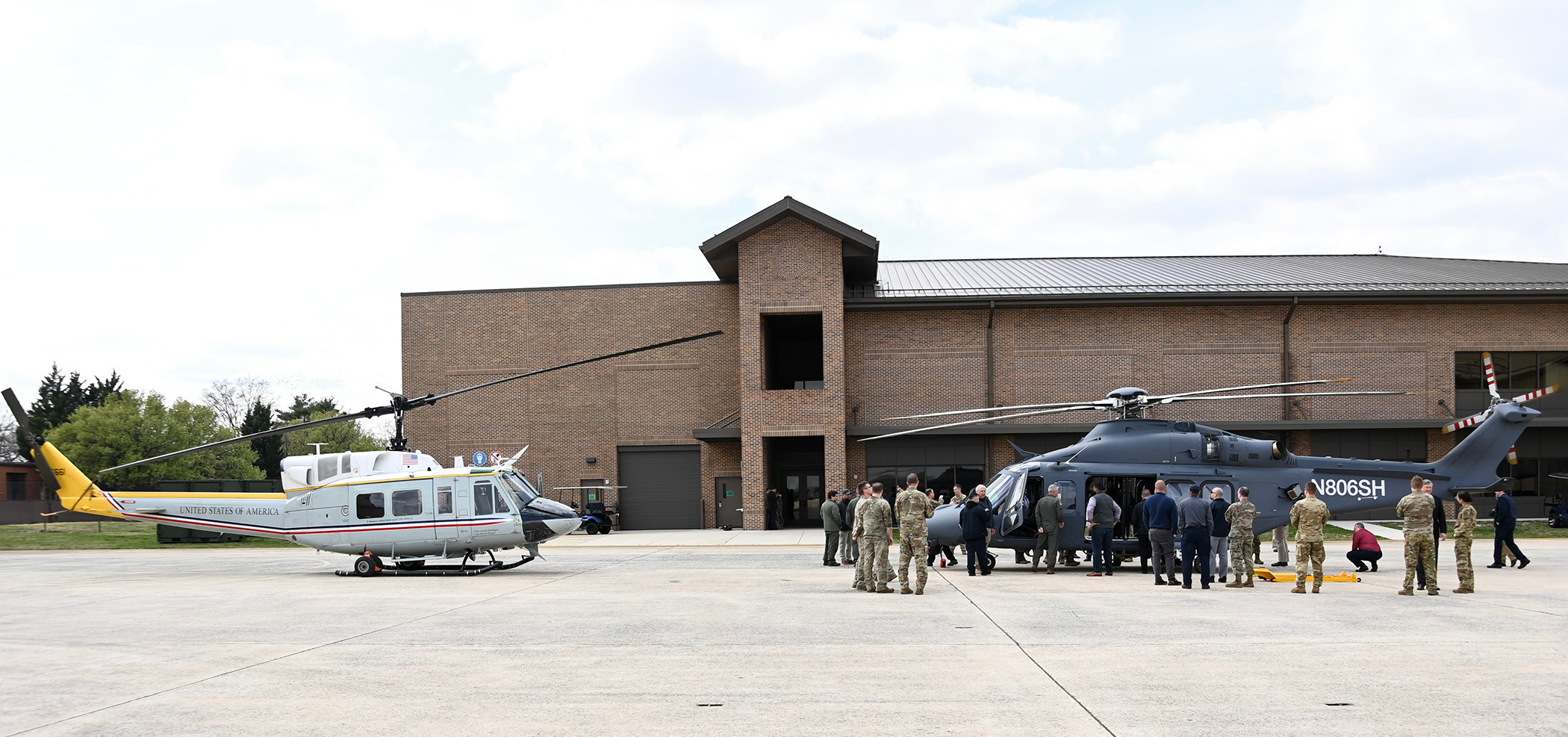
Continuity of government refers to plans in place to ensure key elements of the Federal government can keep running in the event of a major crisis, such as a nuclear strike. In such a scenario, the 1st Helicopter Squadron’s UH-1Ns could be called upon to rush senior U.S. officials from the capital to secure bunkers elsewhere in the region like the U.S. military’s “underground Pentagon” at Raven Rock in the mountains of southern Pennslysia.
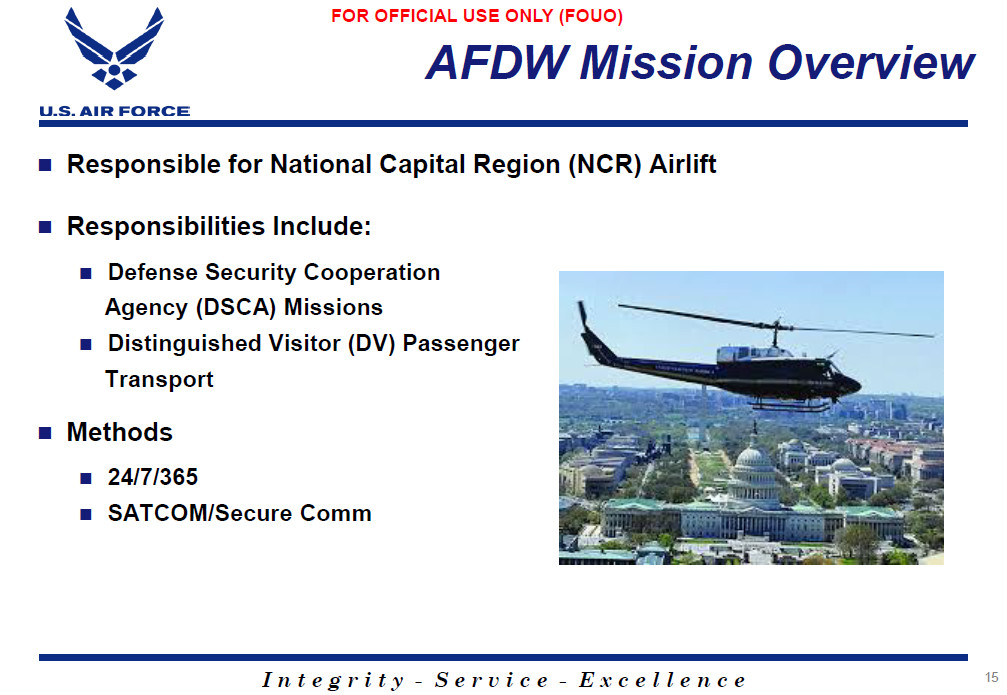
The 1st Helicopter Squadron is not the only helicopter unit in the National Capital Region, nor is it the only one with a continuity of government mission. Army helicopter units in the area, as well as those belonging to other Federal government agencies, could also be tasked with providing this kind of support. These units, as well as other assets and changes to various planning considerations, could help make up for any shortfall in capacity if the Air Force were to shutter the 1st Helicopter Squadron.
The Air Force could always pursue some other kind of replacement plan for the UH-1Ns at Andrews. The MH-139A was seen as the dark horse contender in the competition to replace the Twin Huey and beat out two different proposals involving H-60 Black Hawk-based designs. An H-60 type could be one alternative option for the 1st Helicopter Squadron.
There could also be contractor-owned and/or operated options. Another possibility could be to continue operating the Twin Hueys in the National Capital Region, potentially with the help of some kind of service life extension program and spares from retired examples from AFGSC.
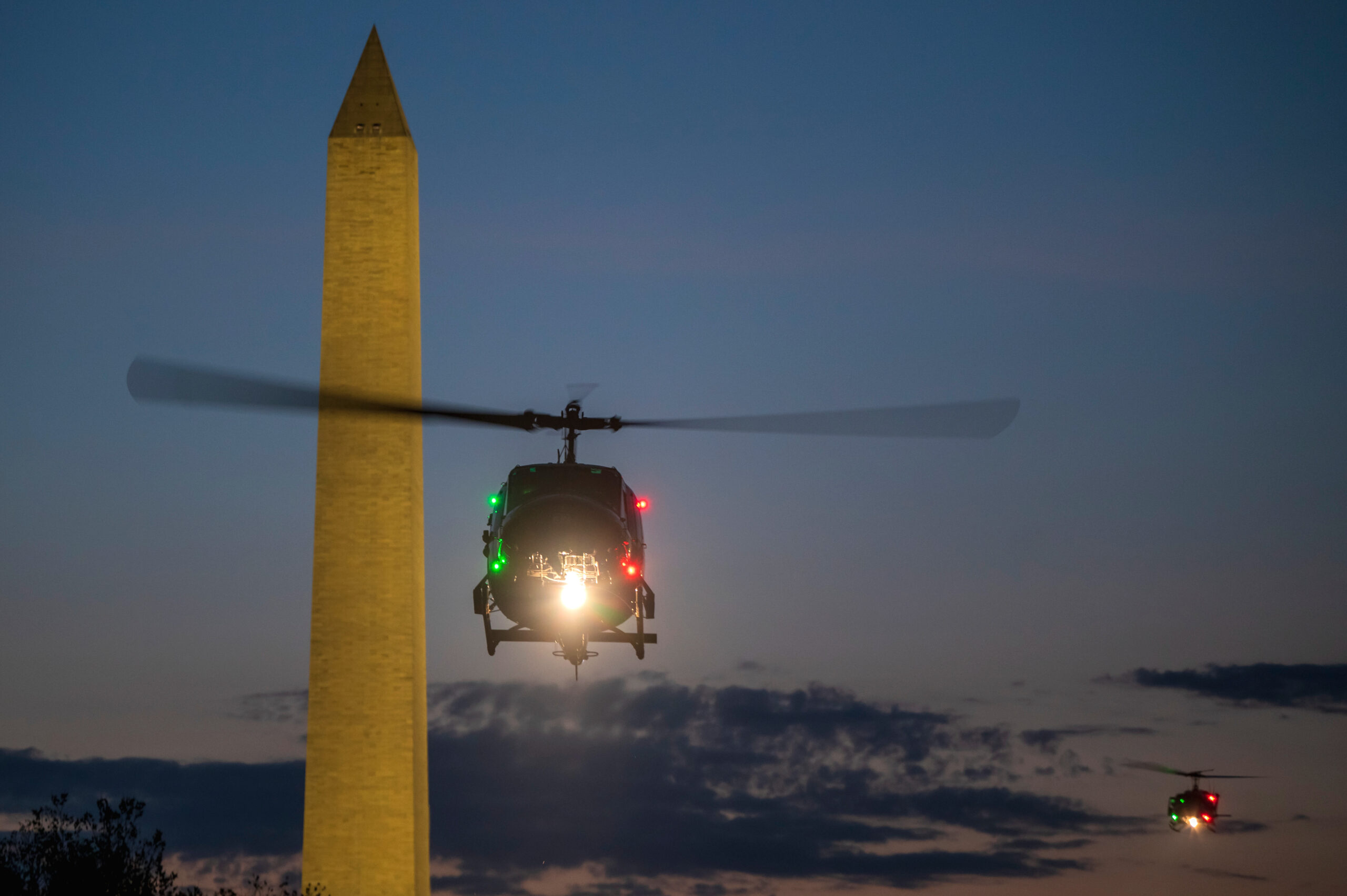
The Air Force looks set to face similar questions about what to do with the other UH-1N-equipped units outside of AFGSC and how to make up for the resulting shortfalls in the other missions they support.
Whether or not the Air Force will be allowed to slash MH-139A purchases will also ultimately be up to Congress. Lawmakers have a long history of blocking cuts to existing fleets of aircraft and to previously planned acquisitions.
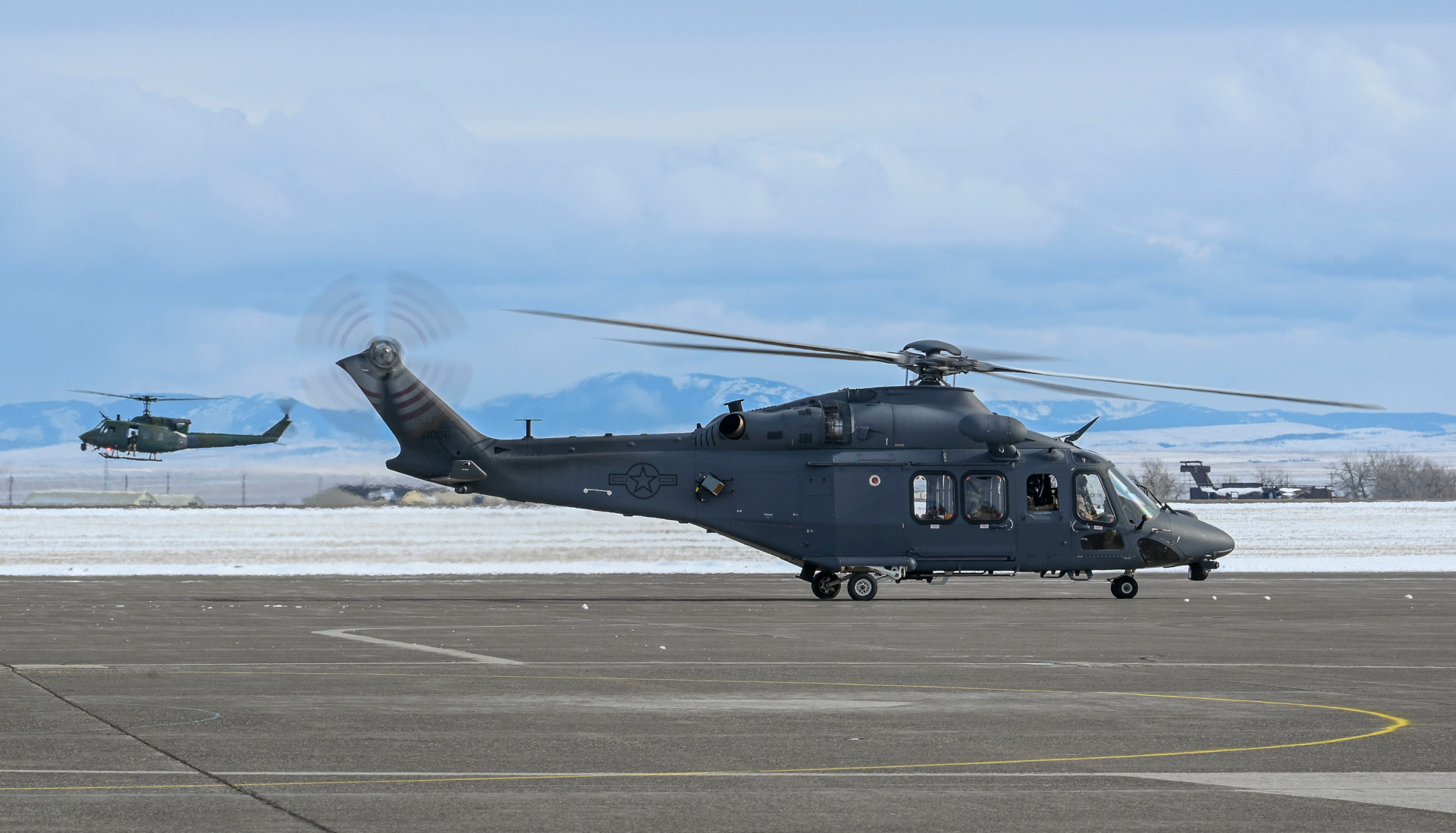
Major cuts to the MH-139A program would have implications for Boeing, which is building these helicopters for the Air Force now under a firm, fixed-price deal. The company has already seen major losses on other major fixed-price contracts with the U.S. military.
In the end, how many MH-139As the Air Force will buy and what will happen to the majority of units currently flying UH-1Ns, including the 1st Helicopter Squadron with its continuity of government mission, remains to be seen.
Contact the author: joe@twz.com
